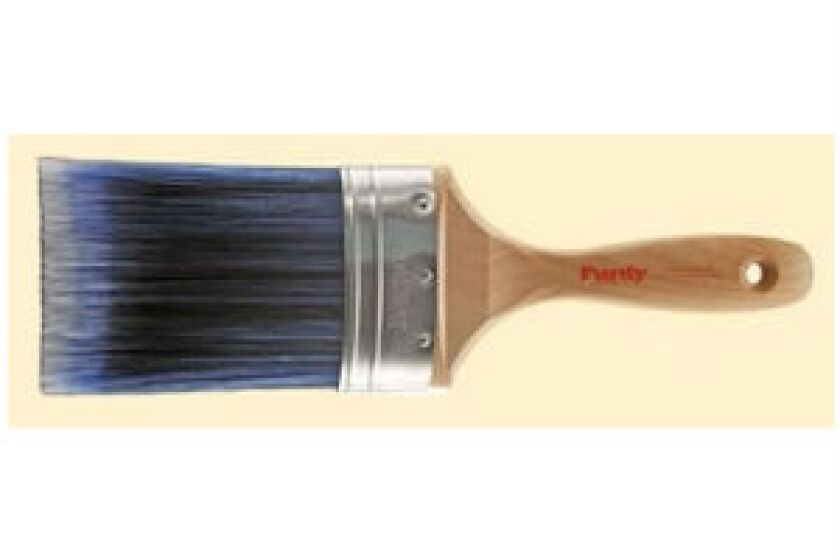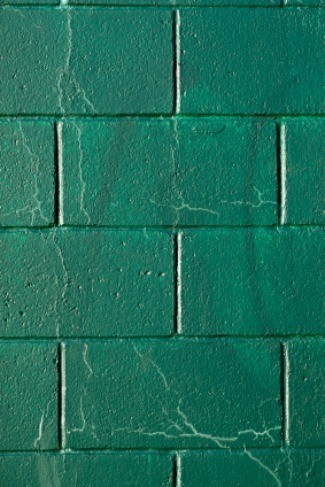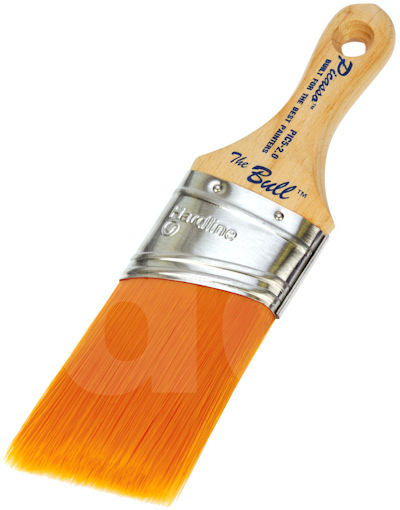The Best Paint Brushes For Every Job. Whether you’re touching up the mullions or repainting the trim, Zibra has the best paint brushes to make any type of paint job easier. We’ve taken the liberty of categorizing brush types based on purpose, from filling in the details, covering large surfaces or finishing your project off with a top coat. Angled Sash Brush 2 /10 The bristles of an angled sash brush (sometimes called a 'cutting brush') are cut at a slant, making it easier to paint clean lines. Use it for anything with grooves, like. DULUX PERFECT EDGES 2' 50mm ANGLED NO LOSS PAINT BRUSH FOR CUTTING IN & EDGING. 5 out of 5 stars. (11) 11 product ratings - DULUX PERFECT EDGES 2' 50mm ANGLED NO LOSS PAINT BRUSH.
Choosing the right paint brush seems like a simple decision, but the type of brush you choose has a big impact on the finished look of your painting job. Everything from the type of paint you use to the type of job helps determine which types of paint brushes work best.
Type of Bristles
The choice between natural and synthetic bristles is an important one. Natural bristles have a flagging or splitting at the tips, which helps produce a smooth finish and holds plenty of paint. Natural-bristle brushes are better suited for oil-based or solvent-based paints. The natural bristles are stronger, so they stand up to the chemicals and let you apply the paint without leaving marks.


Synthetic brushes come in different materials, such as nylon, polyester and a blend of nylon and polyester. These brushes are easy to use and clean up well. Synthetic brushes work best for water-based paint. Natural-bristle brushes draw moisture out of the water-based paint, making it difficult to apply properly.

Paint Brush Types Paint brushes are available in angled and flat styles. Angled brushes work well for cutting in along edges and getting straight lines. Choose a thin angled brush when you need a particularly crisp line. A thicker angled brush holds more paint and works well along ceilings and for painting trim. Flat brushes work well when painting a large, flat surface. Some flat brushes are designated for use on trim or for use on walls, with designs specific to those uses. |

Bristle Ends
The bristle ends affect how well the paint brush picks up paint and releases it onto the painted surface. Flagged or exploded bristles on higher-end brushes let you pick up more paint with each dip. The split ends also help the paint go on smoothly without brush marks.
Brush Sizes
The size of the brush affects how well-suited it is for a particular job, including both the width of the bristle area and the thickness of the bristles. Thick brushes hold more paint to cover more ground before you need to reload, while thinner brushes are lighter and offer better control.
Choose a brush that is wide enough to cover efficiently, yet narrow enough for control over the paint application. If you're painting narrow trim, a wide brush doesn't work well. A 2- to 2-1/2-inch brush is a good general size that works for a variety of projects. If you're painting narrow trim or small spaces, opt for a 1-inch brush. Large, flat areas work best with a 4-inch brush so you can cover the surface faster.
Paint Brush Quality
No matter what type of paintbrush you choose, focus on the construction quality for the best results. Look for dense bristles throughout the ferrule. Test the brush by bending it back near the base. A solid paint brush springs back. A tapered design with a slim profile at the end and flagged tips allow for excellent control and even coverage.
Best Paint Brush For Walls
Reach for a brush with quality construction and the type of bristles best-suited to your specific project. When you do, your clients get smooth, quality finishes that make them come back to you over and over.
